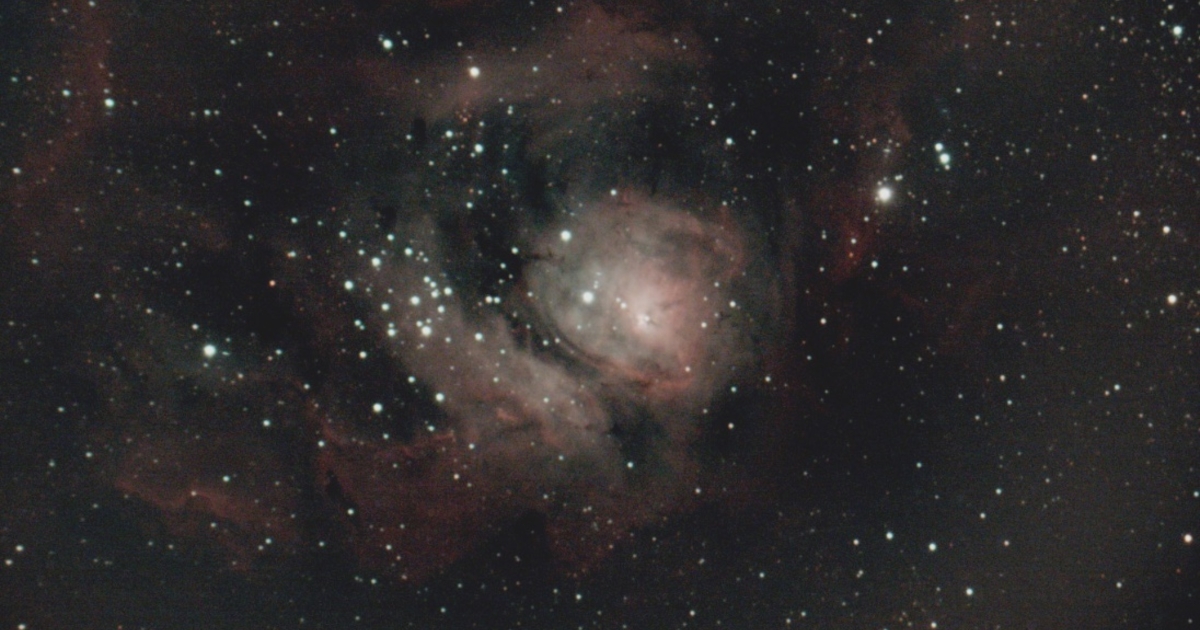Astronomers have observed a white dwarf that they nicknamed Janus because of its dual composition: hydrogen on one side, helium on the other.
A white dwarf is “a celestial object of high density, resulting from the evolution of a star of moderate mass (from three to four solar masses at most) after the phase where thermonuclear reactions occur. This object then has a size up to eight times smaller, and retains a high surface temperature for a long time, hence its name of white dwarf.“, Wikipedia tells us.
Why Janus? Because “Janus is the two-faced Roman god“, explains Ilaria Caiazzo, a researcher at the California Institute of Technology (Caltech) in astrophysics and lead author of the study published in the journal Nature. As a reminder, Janus is the Roman god of beginnings and endings, choices, passage and doors. He has two faces and is depicted with one side facing the past and the other facing the future. “So we thought that was very appropriate. Moreover, Janus is the god of transition, and the white dwarf could actually go from an atmosphere made of hydrogen to an atmosphere made of helium.“, adds the researcher.
One side made up of hydrogen, the other of helium
The star in question is located in the Milky Way, some 1,300 light-years from Earth, in the direction of the constellation Cygnus. A light year is the distance traveled by light in one year, or 9500 billion kilometres. It was discovered thanks to the Zwicky Transient Facility (ZTF), an instrument that scans the sky every night from the Caltech Palomar observatory, near San Diego (United States).
Janus is a rather imposing white dwarf: its mass 20% greater than that of the Sun is compressed into an object with a diameter which corresponds to half that of the Earth. And it rotates on its axis every 15 minutes — which is very fast for this type of star.
What intrigues astronomers is the double face of Janus. The data revealed the presence of hydrogen when one side of the object was visible (with no sign of helium), and only helium when the other side was visible. A plausible explanation is that we are in the presence of a rare evolution of a white dwarf. “Some change from a dominant hydrogen to a dominant helium on their surface“, explains Ilaria Caiazzo.
After a white dwarf forms, researchers believe its heaviest elements sink to the star’s core. Its lightest elements — hydrogen, followed by helium — float upwards. They also hypothesize that this layered structure is destroyed at a certain stage in the evolution of some white dwarfs, when hydrogen and helium are strongly mixed.
Janus could therefore be in the middle of this transient process, with hydrogen on one side and helium on the other. Its magnetic field could be responsible for this asymmetry, explain the researchers.
“Many white dwarfs are expected to make this transition, and we might have caught one in the act because of its magnetic field configuration.“, said Ilaria Caiazzo.
Sources: NatureReuters, Geo.
